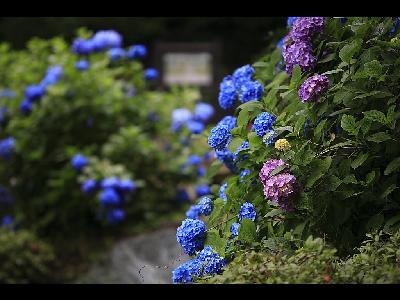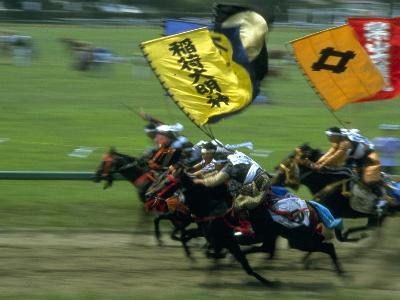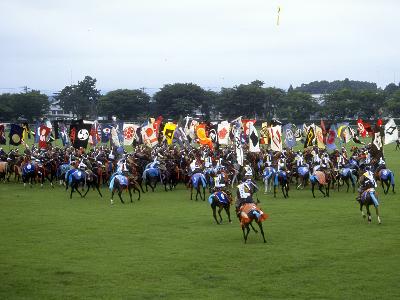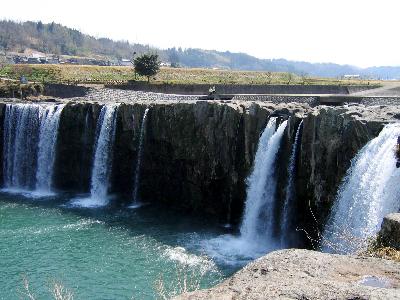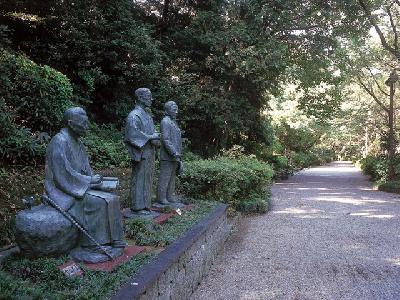|
Minazuki is a Japanese traditional name for June on the old calendar. Minazuki (水無月) literally means “a waterless month.” According to the lunar calendar, it falls on the period around the end of the rainy season; thus it means “a month without water.” However, there is another theory that states the 無 character is a particle meaning “of ”and Minazuki is “a month of water,”because it is the time when farmers irrigate a rice field after rice planting. We don’t know whichever is right, but “a month without water” seems to fit more for the image of the rainy season.
In Kyoto, there is a custom to eat Minazuki rice cake, which is made to resemble frozen snow, on June 30 every year. As ice was very precious in the Heian period (794-1192), only the nobilities can have the opportunities to eat ice. Then the commoners ate this rice cake in stead of ice and offered prayers for their good health for the rest of the year.
In late June comes Geshi (summer solstice), when a hot summer begins right after the rainy season has gone.
In Kyoto, there is a custom to eat Minazuki rice cake, which is made to resemble frozen snow, on June 30 every year. As ice was very precious in the Heian period (794-1192), only the nobilities can have the opportunities to eat ice. Then the commoners ate this rice cake in stead of ice and offered prayers for their good health for the rest of the year.
In late June comes Geshi (summer solstice), when a hot summer begins right after the rainy season has gone.
| [+ADDRESS] | 
|

